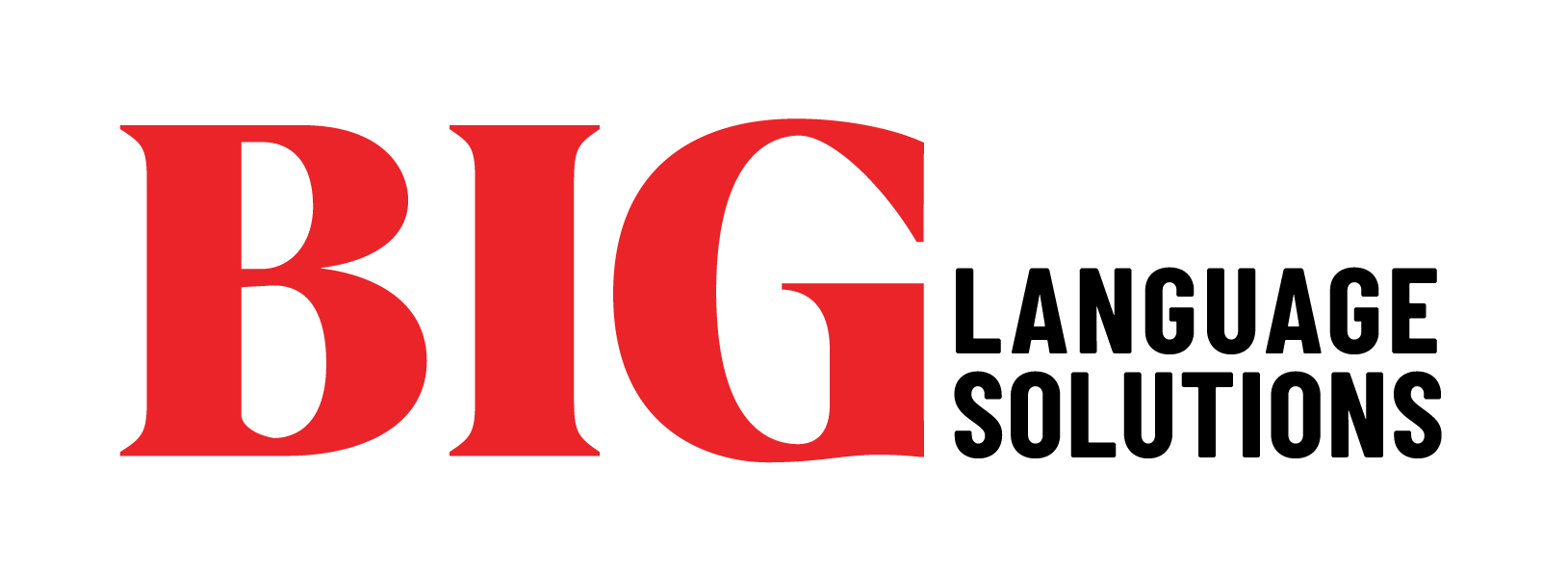For most businesses looking to expand existing marketing campaigns to new foreign markets, translation and localization are often the go-to language services. While translation and localization are often sufficient to address many language service needs, some multilingual marketing projects require a more intensive approach.
Transcreation is more resource-intensive than direct translation of your marketing content, which can deter brand leaders from making this investment. However, this process is sometimes necessary to overcome certain language barriers, to account for local ad restrictions, and to ensure your messaging resonates with your target audience.
Here are three common scenarios where transcreation might make sense for your brand.
When direct translations lose their meaning
Advertising and marketing content often uses idioms, turns of phrase, analogies, and cultural references that often don’t translate well on a word-for-word basis. Instead of direct translations that lead to embarrassing and even offensive branding gaffes, your business should embrace transcreation as a language service that produces new marketing messaging in line with the intent of the source material.
Transcreation enlists the help of linguists to craft original messaging that translates the intent of your marketing content, even as the language itself changes. A popular turn of phrase in your content’s source language, for example, might be replaced with a completely different turn of phrase that carries a similar sentiment in the target language.
Through transcreation, your business can deliver messaging that achieves its desired effects among your target audiences. Ultimately, this offers more authenticity and provides better support for your marketing objectives.
When messaging must comply with local advertising laws
The sentiment or meaning of marketing content isn’t the only point of concern when translating messaging for different audiences. In some cases, local ad regulations may restrict how you can position or discuss your products and services.
In mainland China, for example, businesses are barred from publishing ads that use superlatives or make other claims that the government might view as exaggerated as fraudulent. Phrases and words such as “best,” “greatest,” “most powerful,” and others are common examples of superlative claims that businesses can’t make.
In other parts of the world, these superlatives are common practice. If your marketing content regularly uses these superlatives, transcreation offers a flexible option for producing new messaging embodying a similar sentiment while successfully engaging your audience—without running afoul of local laws.
When marketing goals differ across global regions
Even as you translate marketing campaigns for delivery into multilingual markets, your local marketing strategies might feature subtle differences in marketing goals that need to be accounted for. For example, one target market might be more familiar with your brand and its offerings than a new emerging market, where campaigns might need to incorporate subtle changes to prioritize building brand awareness.
Transcreation allows you to modify content and incorporate subtle wrinkles without developing new strategies from scratch. This uplifts and enhances the creative elements of your marketing campaigns, giving your brand more agility in how and where it launches its campaigns.
Direct translation is great for communicating information in another language. But when it comes to the creative elements involved in marketing and advertising, transcreation processes are often a better fit. Contact us today to find out how these services can benefit your multilingual marketing efforts.








